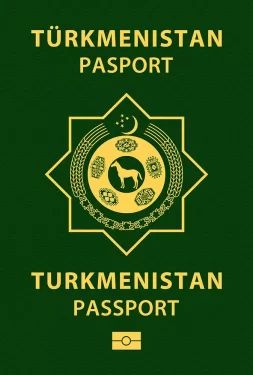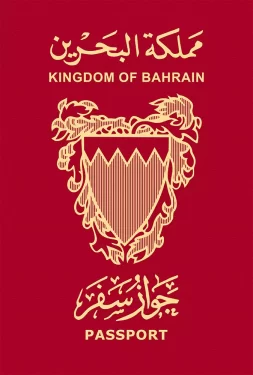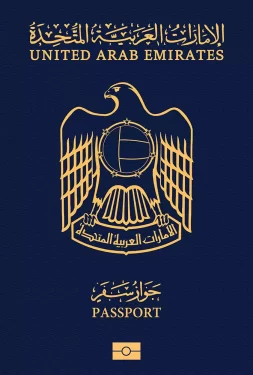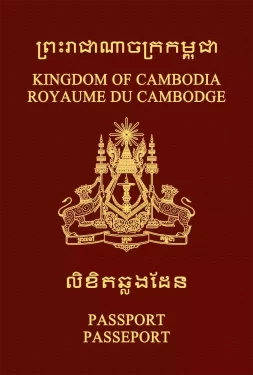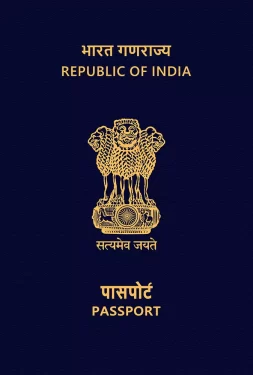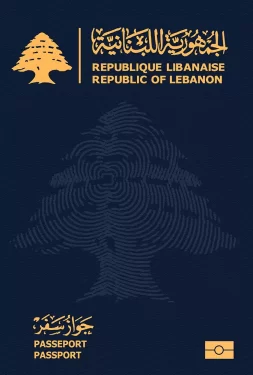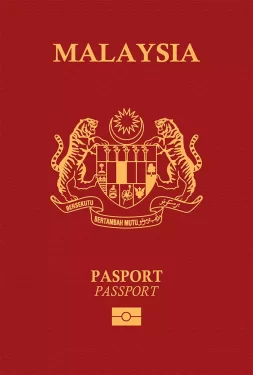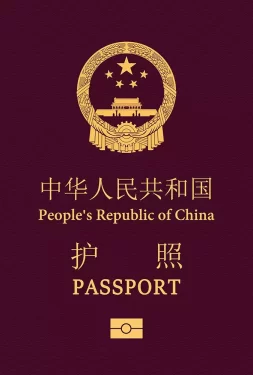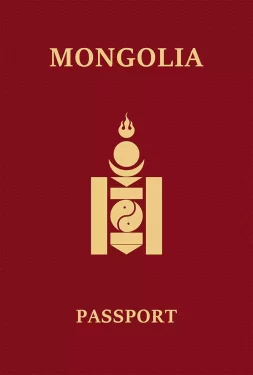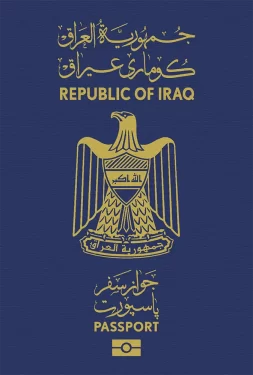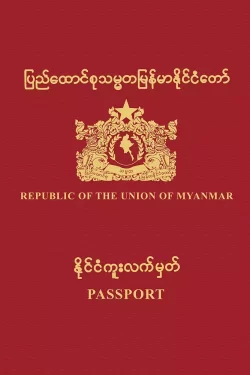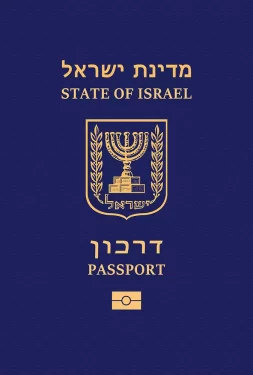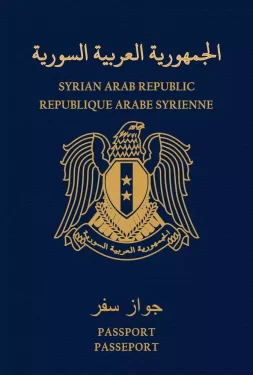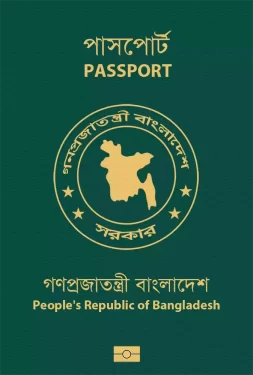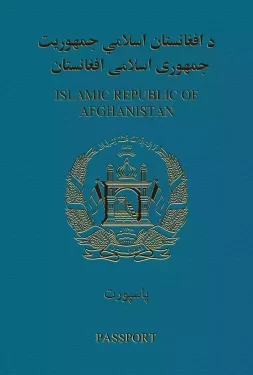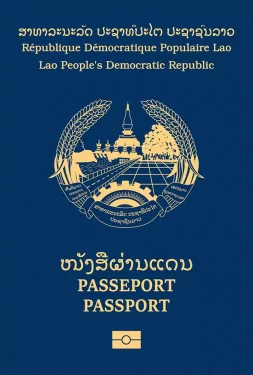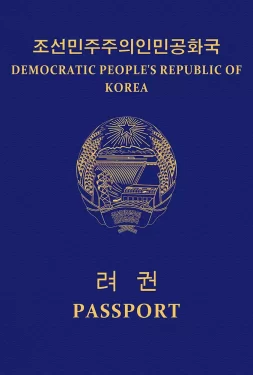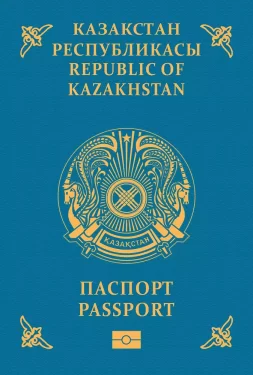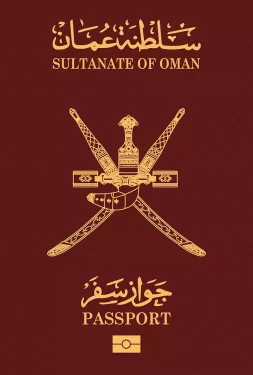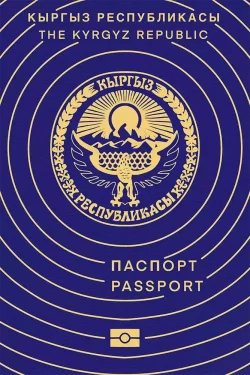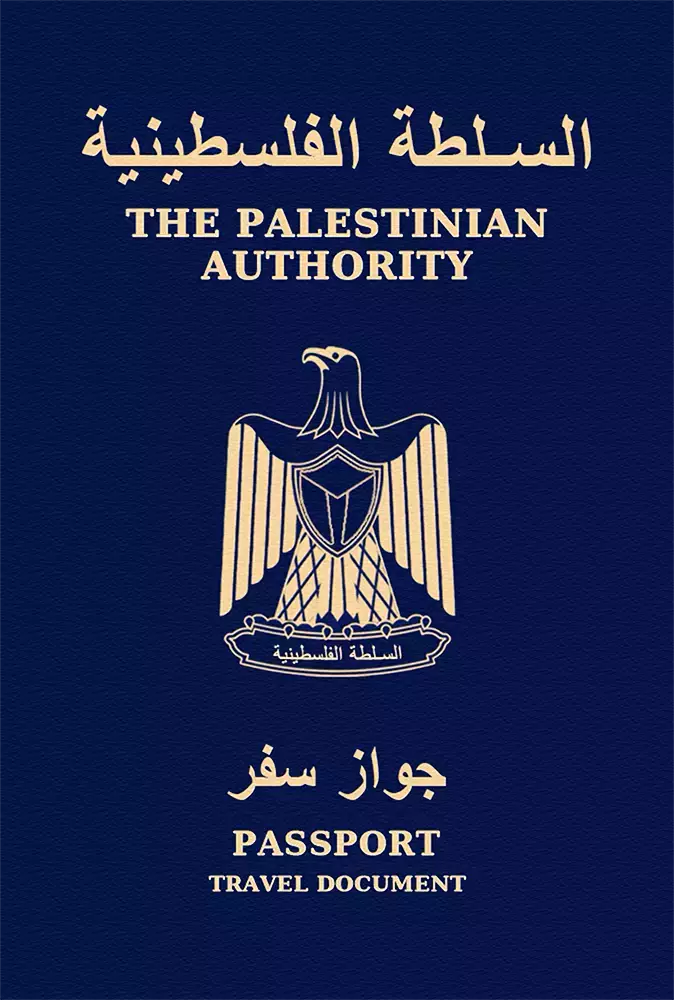
Palestinian Territories
Palestinian Territories passport ranking
The Palestinian passport is currently ranked 101st place on the Guide Passport Index. It is considered one of the lowest ranking passports in the world. Palestinian passport holders have visa-free access to only 35 destinations including Sri Lanka, Dominica, and the Seychelles. There are 194 destinations for which a Palestinian passport holder requires to obtain a visa prior to traveling. That is the reason why the passport raking is very low on the overall worldwide mobility score. For major destinations such as the USA and the European Union, Palestinians require to apply for a visa in advance. Visa applicants need to present documents such as proof of funds and return flight ticket.
Palestinian Territories Passport Ranking
The Palestinian Territories passport ranking relative to other global passports is calculated by adding up the number of countries that allow Palestinian Territories passport holders to enter without a visa (i.e. visa-free countries) and those that allow Palestinian Territories passport holders to enter by obtaining a visa on arrival (i.e. visa-on-arrival countries) or an electronic travel authorization (eTA). There are currently a total of 12 Palestinian Territories passport visa-free countries, 21 Palestinian Territories visa-on-arrival countries, and 2 eTA destinations.
Altogether, Palestinian Territories passport holders can enter a total of 35 destinations—either without a visa, through a visa on arrival, or via an eTA. As a result, the Palestinian Territories passport ranks 101 in the world.
Separate from these Palestinian Territories visa-free countries and visa-on-arrival countries, there are 194 additional destinations which Palestinian Territories passport holders either need a physical visa to enter or an eVisa (i.e. visa required countries).
About Palestinian Territories
The Palestinian Territories are made of four regions. It is located in the Middle East and borders Israel, Egypt and Jordan. The most significant areas are the West Bank and the Gaza Strip. The country has a total surface area of 6,020 square kilometers. Its terrain is mostly flat with some plateaus and hills. The climate is Mediterranean on the coastal area and the desert type in the rest of the country.
The overall population is over 4,7 million people. The capital of the country is Jerusalem. It is also the most populous city with more than 936,425 million inhabitants. The country does not have an airport. Citizens and visitors need to travel to the neighboring countries of Israel or Jordan’s airports in order to get to Palestine by ground transportation.
The Palestinian culture is dominated by Islam and most of the population is Muslim. The official language is Arabic. The legal system is the basic law, with influences from the sharia law. The government form is currently a unitary semi-presidential republic. The current chief of state is President Mahmoud Abbas and the head of government is the Prime Minister Mohammad Shtayyeh.
There are several means of payment used in Palestine as there is no official currency. The Israeli new shekel, the Egyptian pound and the Jordanian dinar are all accepted means of payment. The country has an open economy, generating a GDP of approximately $26.4 billion. The per capita income is $5,795. The largest portion of the GDP is generated by the services sector and industry. The main goods of export are olives, fruit, vegetables, textiles and flowers. Some of the major GDP contributors are agriculture and foreign aid.
Palestine has many historic and culturally unique attractions for tourists to explore. The country has a total of 3 UNESCO world heritage sites. The main touristic destinations are the Mar Saba Monastery, the Yasser Arafat Museum, Hisham’s Palace, the Freedom Theatre, the Church of the Nativity and the Samaritan Ruins. It is difficult to say how many tourists are visiting the territories every year as most visitors are on day trips staying only for a few hours. Taking day trip visitors into consideration there is a total of approximately 1.5 million visitors a year mostly from Europe.
